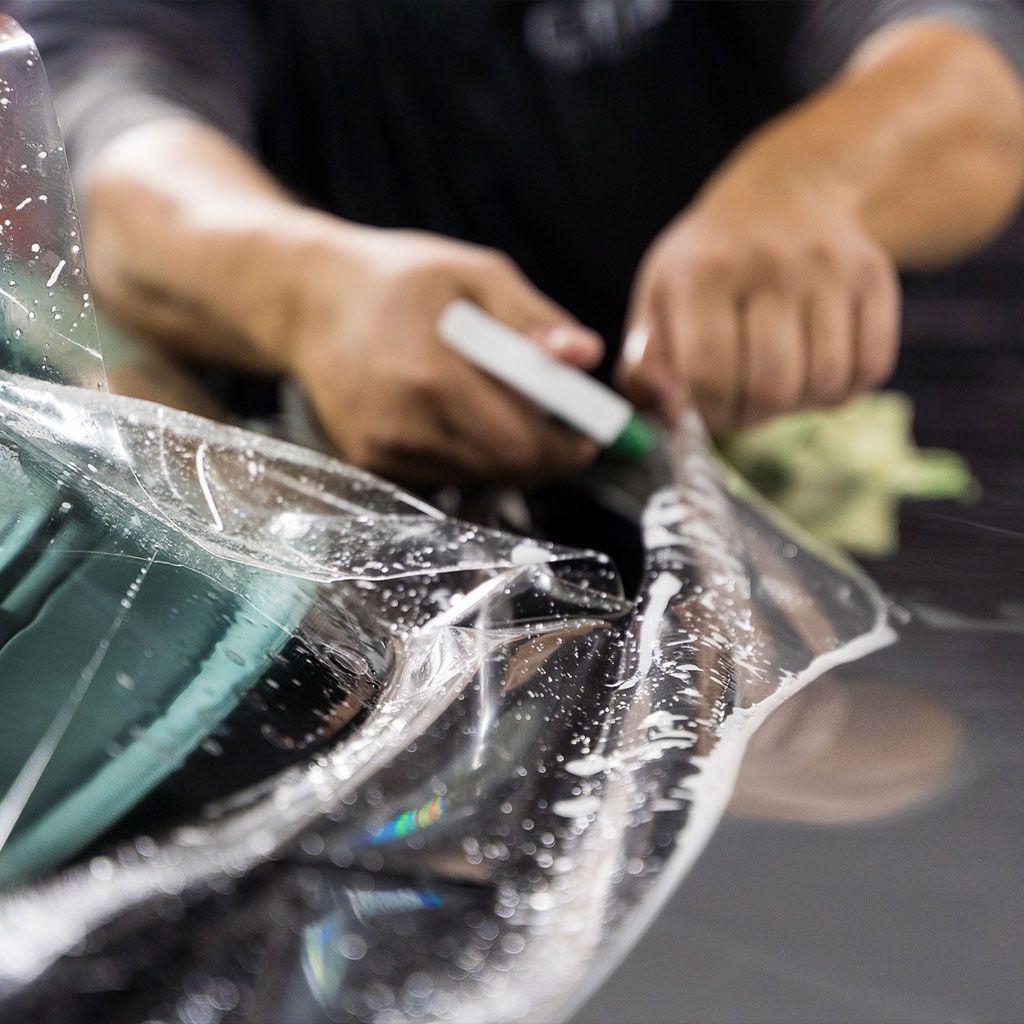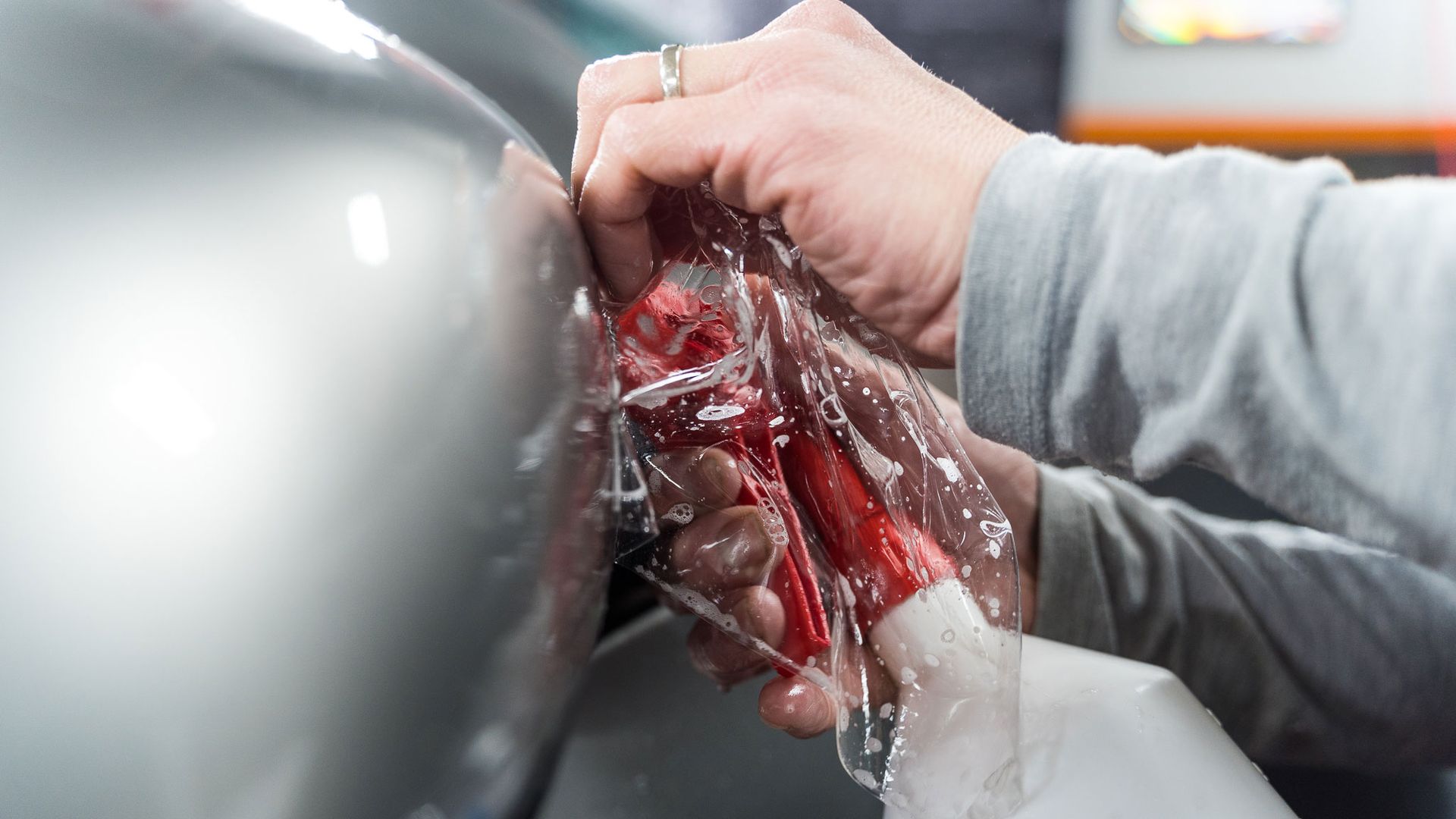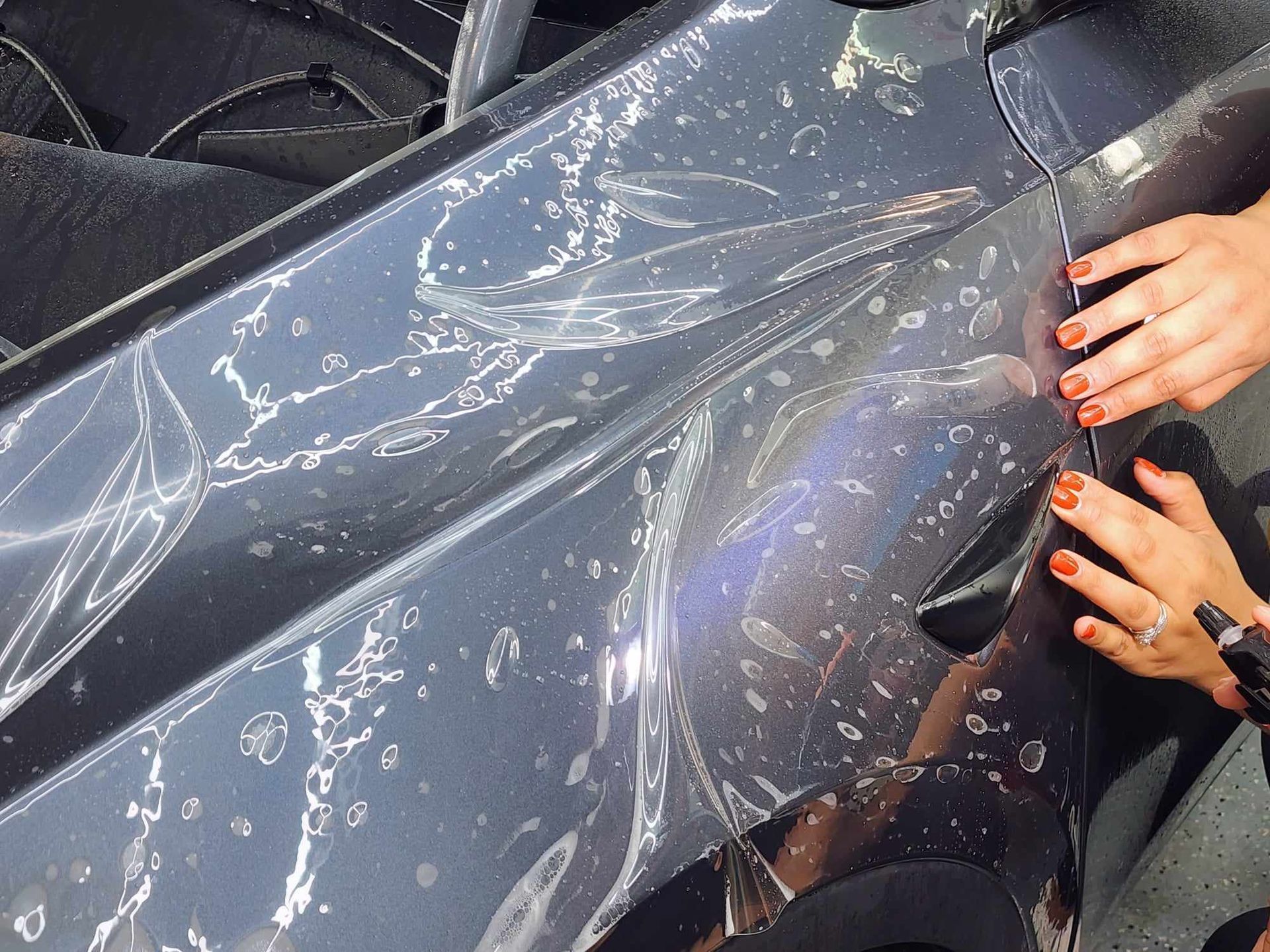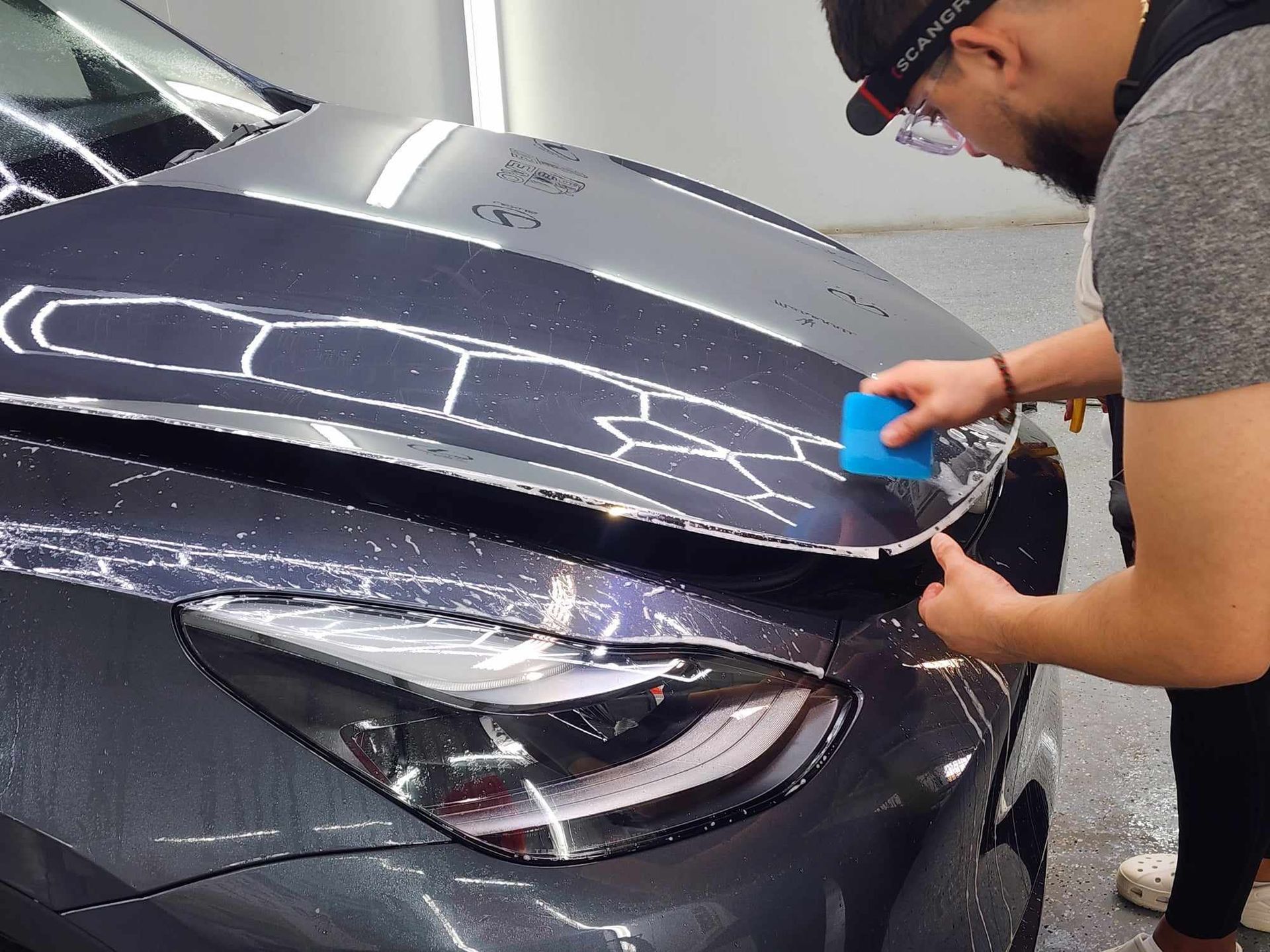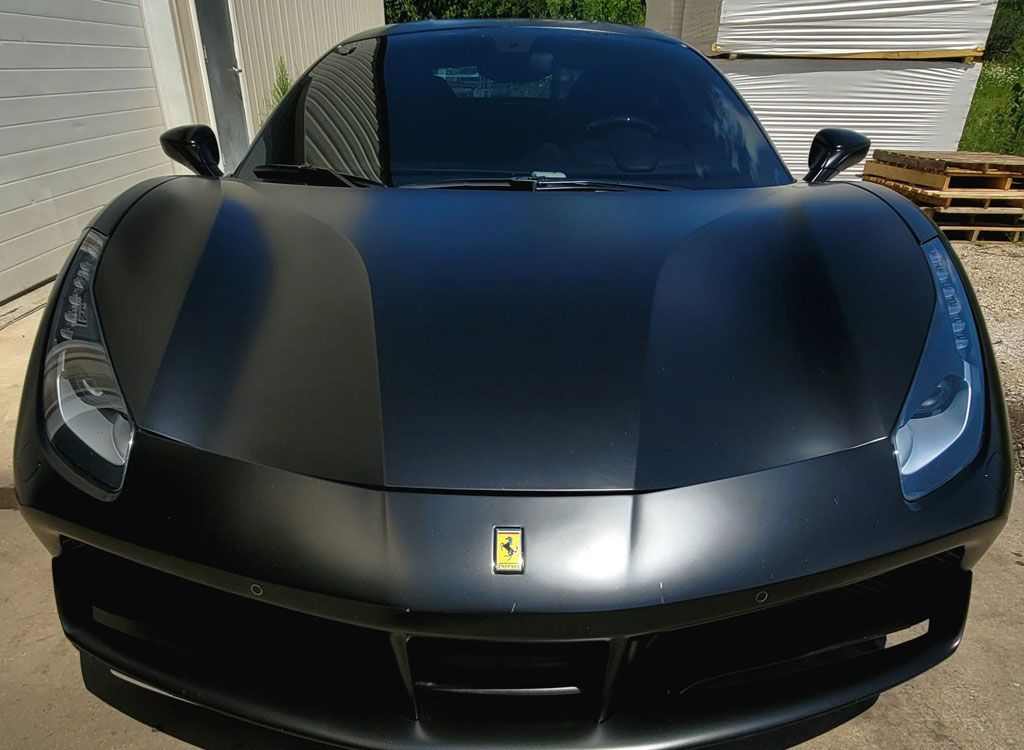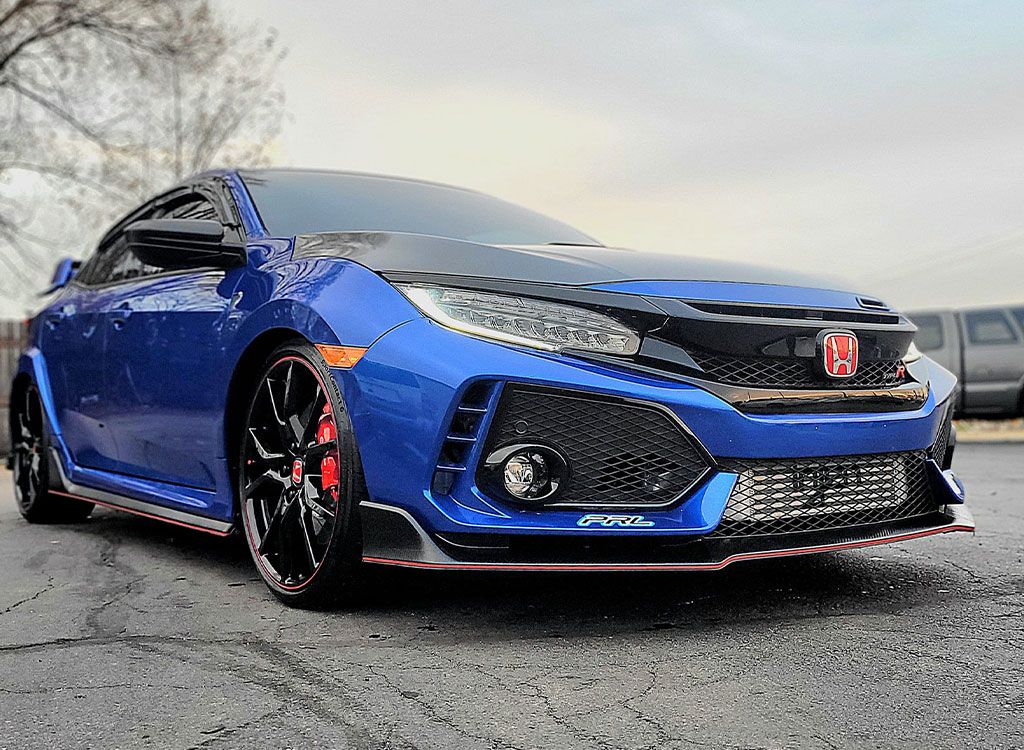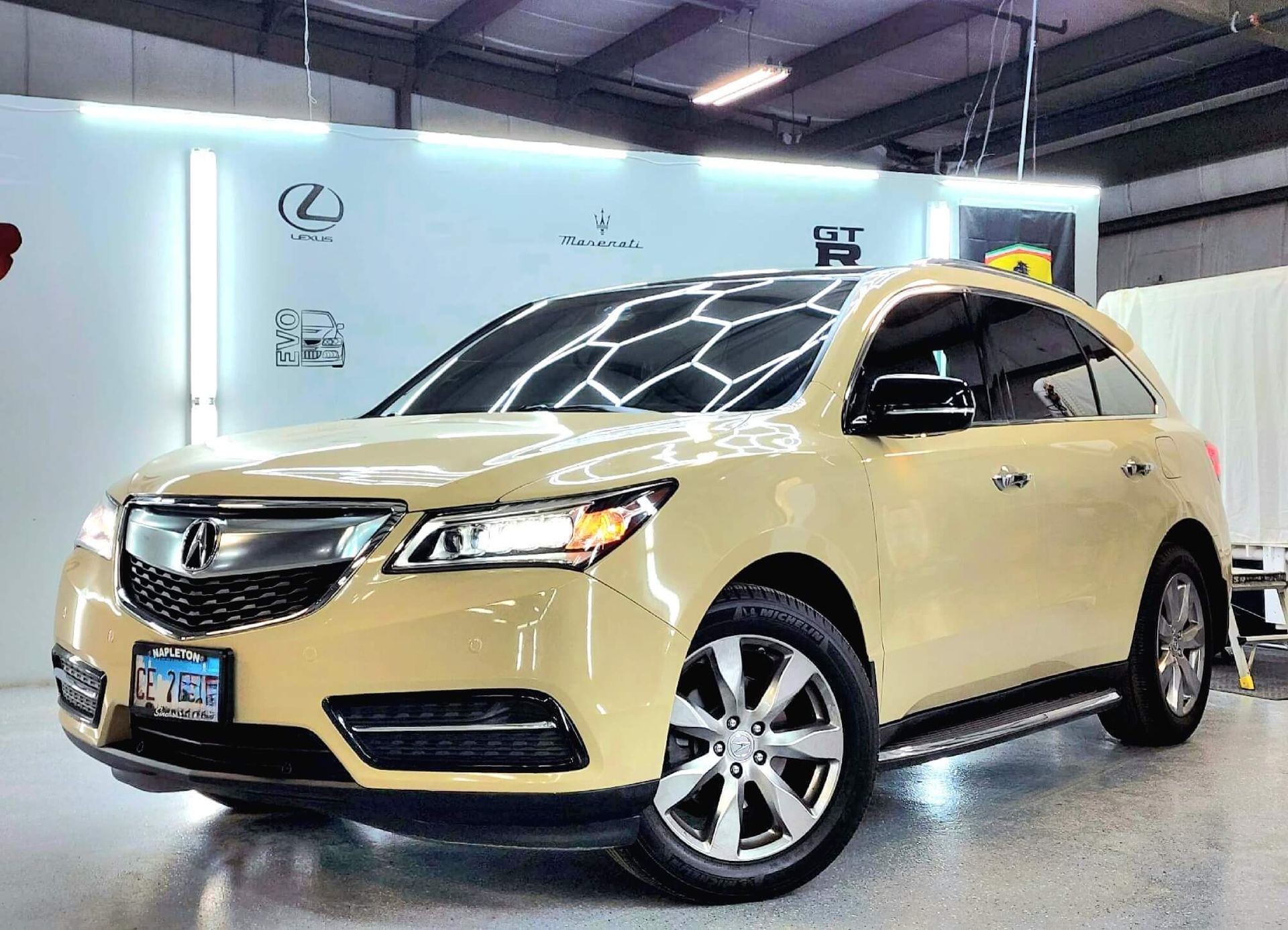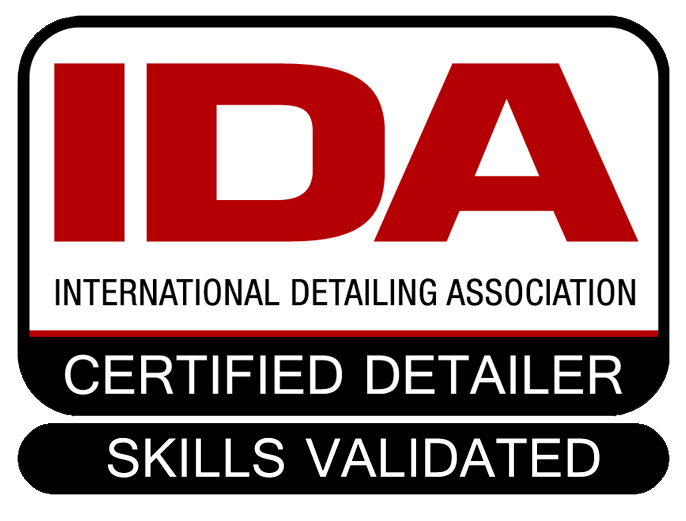Benefits of UV-Resistant Paint Protection Film for Your Vehicle's Durability
When it comes to keeping your vehicle looking its best, many drivers overlook an essential protector: UV-resistant paint protection film (PPF). You might not think about how sunlight can damage your car's paint, but harmful UV rays can lead to significant fading and degradation over time. Imagine spending thousands of dollars on a shiny new car only to see its vibrant color lose steam after just a few years! Fortunately, opting for PPF is like giving your car lightweight armor that defends against sun exposure, scratches, and environmental damage. In this article, we’ll explore the multiple benefits of this intelligent choice for your vehicle’s durability and aesthetic appeal.
UV-resistant paint protection film offers several key benefits, including blocking up to 99% of harmful UV rays, which significantly helps prevent color fading and surface deterioration. Additionally, it provides a durable barrier against physical damage like paint chips and scratches while also shielding your vehicle from environmental factors such as acid rain and bird droppings, ultimately preserving the vehicle's appearance and resale value.
Reasons for Using Paint Protection Film
One of the primary reasons for utilizing PPF is to preserve aesthetic appeal. Nothing detracts from the beauty of a new vehicle quite like faded paint or unsightly scratches. PPF acts as a protective barrier, guarding against harmful UV rays that can dull a car's finish over time. For those living in sun-drenched areas like California or Florida, where exposure to sunlight is a daily challenge, PPF ensures that the vibrant color of your car remains intact.
Think of it as sunscreen for your vehicle—a simple yet effective way to maintain its visual allure. Jake from Phoenix can attest to this; he proudly states, "The PPF on my red Mustang still looks spotless after three years, which is a huge relief given our constant sun exposure." Alongside aesthetic benefits, understanding how PPF safeguards against physical damage adds immense value to this investment.
Statistics reveal that around 80% of car damage results from seemingly innocuous incidents, such as stone chips and road debris. A minor stone could easily chip the paint if you're not cautious while driving. That's where PPF comes into play; it serves as a sacrificial layer that absorbs these impacts before they reach the paint surface. This innovative solution keeps the original coating pristine, minimizing repair costs and enhancing your vehicle's resale value.
It's not just UV rays or flying stones that threaten your vehicle’s finish; environmental factors like acid rain, bird droppings, and tree sap can cause serious harm too. PPF acts as a formidable barrier against these threats, reducing potential corrosion and damage significantly. Imagine having peace of mind every time you park under a tree—you can do so knowing that even if a pesky bird decides to relieve itself on your car, you have an added layer of defense between that mess and your paint.
This level of protection helps ensure that your investment maintains its integrity over its lifespan while preserving its value—all factors worth considering when deciding whether to add PPF to your vehicle maintenance regimen. In addition to protection from physical damage and aesthetic concerns, let's take a closer look at some of the self-healing properties offered by advanced PPF materials.
How UV-Resistant Film Works
The science behind UV-resistant paint protection film might seem intricate, but it's surprisingly accessible once you break it down. At its core, this film is designed to act as a robust shield against the damaging effects of sunlight that can prematurely age your vehicle's paint. The key to its effectiveness lies in its unique composition: PPF typically consists of multiple layers that work together harmoniously to provide comprehensive protection.
Composition and Technology
One of the most notable elements of UV-resistant PPF is the elastomeric polymer layer, renowned for its remarkable ability to self-heal minor scratches. This means that when small marks or blemishes occur on the surface, the material can gradually return to its original state, maintaining a pristine appearance. However, it’s the specialized UV-blocking layer specifically engineered to absorb or reflect harmful rays that truly distinguishes this product.
Now that we understand its robust composition and impressive protective qualities, let’s explore the myriad benefits provided by this technology. The effectiveness of these films lies not only in their structural makeup but also in how they interact with environmental factors. By forming a transparent barrier over your vehicle's original paint job, PPF stands guard against various threats such as road debris, acid rain, bird droppings, and powerful UV rays. In essence, it acts as an invisible armor system that preserves both the aesthetic and value of your vehicle.
With UV resistance becoming crucial in preserving not just appearance but also resale value—studies suggest vehicles with proper PPF can retain up to 70% of their original value after five years compared to 50% without any protection—understanding this technology has never been more relevant for vehicle owners who want to secure their investment long-term. By grasping these advantages offered by UV-resistant films, you'll be better equipped to recognize how they contribute significantly to preventing paint damage and ensuring your vehicle remains in pristine condition for years to come.
Benefits Including Paint Damage Prevention
UV-resistant PPF offers significant benefits that are crucial for maintaining your car's aesthetics and longevity. One of the most commendable features of this film is its ability to significantly reduce fading and oxidation.
Preventing Fading and Oxidation
Just like how our skin needs sunscreen to shield itself from harmful rays, a vehicle’s paint requires protection to prevent premature aging triggered by constant sun exposure. The innovative UV-blocking properties of PPF stand guard against these damaging rays. This not only preserves your car's vibrant color but also keeps it looking brand new for years to come.
It’s fascinating to note that studies reveal vehicles without UV protection can begin to show noticeable fading after just five years. In contrast, those adorned with PPF can enjoy their original look for over a decade, making it a wise investment. If you think about it, this is akin to investing in a quality sunscreen that protects your skin from damage—it may cost a bit upfront, but the preservation of your youthful glow far outweighs the initial expense.
Retaining Resale Value
Beyond simply maintaining visual allure, utilizing PPF has profound implications when it comes to resale value. A well-preserved exterior speaks volumes during the resale process. Research from Kelley Blue Book suggests that vehicles with paint protection film typically command 10–15% more at sale compared to those without it. This is particularly significant when considering that many car owners may underestimate how much exterior condition impacts potential buyers' decisions.
Furthermore, the average expense associated with applying UV-resistant PPF ranges between $500 and $2,000 depending on the vehicle size and specific coverage area required. When viewed through the lens of potential resale profit and paint preservation, this investment becomes increasingly attractive—a financial decision backed by solid statistics suggesting a decreased risk of damage from environmental factors.
With enhanced paint durability comes another crucial advantage: resistance to heat, which plays an equally important role in preserving both the appearance and function of your car over time.
Enhancing Longevity and Heat Resistance
UV-resistant PPF is more than just a shield against scratches; it plays a critical role in maintaining the integrity of your vehicle’s finish for years to come. One significant aspect of this protective film is its ability to manage heat. By reflecting harmful UV rays away from the surface of the vehicle, PPF helps reduce heat absorption, which can otherwise lead to thermal damage over time. Those living in particularly warm climates, like Florida or Southern California, will find this feature especially beneficial as it mitigates some of the impacts of intense sunlight and rising temperatures.
In a study conducted in Las Vegas, data indicated that cars fitted with UV-resistant PPF maintained internal temperatures that were 5-10 degrees lower on average compared to their unprotected counterparts. This is not merely about comfort; sustained exposure to high temperatures can cause various issues—from fading upholstery to deteriorating rubber seals. The preventative nature of PPF helps maintain the overall atmosphere inside your vehicle, thus enhancing both comfort and functionality.
Longevity of the Film
But what about the lifespan of this protective layer? High-quality UV-resistant PPF typically boasts a lifespan ranging from 5 to 10 years, depending on installation quality, care routines, and exposure to environmental elements. A real-world example comes from Abby in Texas, who shared her experience stating, "My clear vinyl wrap has lasted over six years and still looks fantastic, thanks to proper maintenance." Her testimony underscores that product quality is essential and owner diligence significantly impacts endurance.
Regular maintenance also contributes significantly to preserving both the appearance and longevity of your PPF. While UV protection works against fading and oxidation due to sun exposure, keeping surfaces clean and free from debris through routine care will help maintain its adhesion and protective qualities over time. Now that we've explored the benefits of this innovative film, let's look into effective practices for installing and maintaining it to maximize your investment.
Installation and Maintenance Tips
Starting with installation, opting for professional installation is arguably your best bet. While DIY kits for PPF seem like an attractive option, they often lead to frustrating outcomes such as air bubbles trapped beneath the surface or edges that peel away unevenly over time. There’s a charm in watching experts at work; they have the finesse to apply the film seamlessly, creating a flawless finish on your vehicle. Most certified installers also provide warranties, which means peace of mind if anything goes amiss. It's worth noting that warranty coverage can vary, so be sure to ask about terms. Once your PPF is installed, maintaining it becomes crucial to preserving its protective properties.
Regular Maintenance
To get the most out of your PPF, follow these simple yet effective maintenance tips: gentle washing! Always use a soft cloth or sponge when cleaning your vehicle. Treat your car to a day at the spa instead of an aggressive scrubdown. Abrasive tools or harsh chemicals can damage both the film and the paint underneath. A pH-neutral soap is ideal for washing without stripping protective layers.
Another important aspect involves knowing what you shouldn't do. While regular car wax is generally safe, steer clear of products that contain naphtha or petroleum. These ingredients might sound harmless enough, but they can break down the film and diminish its protective qualities over time. Instead, opt for UV-resistant car wax designed specifically for use on films—this will enhance both the shine and longevity of the protection.
Keeping a keen eye on wear and tear is also part of smart maintenance.
- Schedule an annual check-up with a professional to catch any minor issues early on. Just like that annual physical we all dread but know is necessary, these inspections help identify any signs of damage before they become bigger problems.
- If you notice any small scratches or imperfections throughout the year, addressing them quickly can often save you from larger repairs later.
Maintaining your PPF isn't just about aesthetics; it's about protecting an investment you've put time and money into. Each step ensures that this shield against UV rays performs optimally and keeps your vehicle looking brand new. With attention turned towards maintaining this valuable protective layer, the focus now shifts to understanding what initial expenses come with installing UV-resistant film and how it measures up against other options.
Evaluating Costs and Value
While the initial costs for UV-resistant PPF may raise eyebrows—typically ranging from $1,500 to $2,500 for a full vehicle wrap in 2023—the long-term benefits can outweigh these early financial concerns. It's crucial to remember that this protective layer serves not just a cosmetic purpose but also acts as a financial shield against potential future expenses. Think of PPF as insurance for your vehicle’s exterior; while you pay upfront, you are safeguarding against more significant costs down the line.
In evaluating the initial costs, consider the potential expenses tied to paint damage. If left unprotected, fading and scratches caused by UV rays or road debris can compel drivers to seek repainting services, which can cost anywhere between $3,000 and $5,000. This price tag often includes labor costs, which can inflate further depending on the quality of work required or if touch-ups need to be performed multiple times over the years. The beauty of PPF is that it typically lasts between 5 to 10 years, depending on maintenance and environmental conditions. By investing in this film initially, you can protect your vehicle’s paint job from deterioration that would otherwise incur costly rebound expenses.
Long-Term Value
The long-term valuation of having PPF installed becomes increasingly apparent when factoring in its protective capabilities. With PPF blocking up to 99% of harmful UV rays, you’re not just protecting your car's aesthetic appeal but maintaining and possibly enhancing its resale value. A vehicle with a well-preserved exterior attracts more buyers and can command premiums—often increasing resale values by an estimated 10% to 15%. Thus, what appears as a troublesome expense transforms into a strategic financial decision benefiting owners in both preservation and value retention.
Clearly, viewing the investment in UV-resistant PPF not just as an immediate expense but as a sound long-term strategy allows vehicle owners to prioritize their cars’ health and financial future without compromise. In summary, while the upfront cost of UV-resistant paint protection film can seem daunting, its ability to prolong your vehicle's life and enhance resale value demonstrates its overall worth. Vehicle owners should embrace this investment as a means of ensuring their automotive asset remains protected and valuable over time.
Shield Your Vehicle with Elite PPF Services in Elgin, IL
Protect your vehicle’s pristine finish with CM3 Detailing Studio & Ceramic Coating’s premier paint protection film services in Elgin, IL. Our expert team specializes in applying high-quality PPF that defends against rock chips, scratches, and environmental damage while maintaining your car’s original shine. With precision installation techniques and durable materials, we ensure long-lasting coverage that keeps your investment looking its best. Safeguard your ride today—schedule an appointment with CM3 Detailing Studio & Ceramic Coating and experience unparalleled protection for your vehicle.

